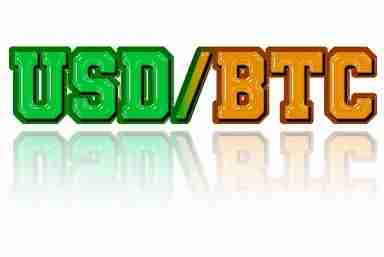Blockchain technology, the revolutionary backbone of cryptocurrencies, has transcended beyond its initial role as a digital ledger for financial transactions. Over the past decade, blockchain has garnered immense attention and adoption across various industries, showcasing its potential to redefine global systems. In this article, we’ll explore how blockchain technology works behind the scenes, empowering decentralized networks, and delve into the ways it’s set to revolutionize the next two decades across diverse sectors.
Understanding Blockchain Technology
At its core, blockchain is a distributed and immutable ledger that records data in a series of interconnected blocks, forming a chain. Unlike traditional databases managed by a central authority, blockchain operates as a decentralized network of nodes, each possessing a copy of the entire ledger. This decentralized architecture ensures transparency, security, and the elimination of single points of failure.
Consensus Mechanisms: The Pillars of Trust
Blockchain networks rely on consensus mechanisms to validate and agree on the legitimacy of new data before adding it to the chain. The two most prominent consensus mechanisms are Proof of Work (PoW) and Proof of Stake (PoS).
Proof of Work (PoW): In PoW, miners compete to solve complex mathematical puzzles, expending computational power. The first miner to solve the puzzle adds a new block and is rewarded with cryptocurrency. This mechanism underpins networks like Bitcoin, where high energy consumption is necessary for maintaining security.
Proof of Stake (PoS): PoS, in contrast, selects validators to create new blocks based on the amount of cryptocurrency they “stake” or lock in the network. Validators are incentivized to act honestly since their staked coins serve as collateral. PoS offers a more energy-efficient alternative and is utilized by networks like Ethereum 2.0.
Decentralization and Security
Decentralization is a key aspect of blockchain’s appeal. The absence of a central authority ensures that no single entity controls the network, reducing the risk of manipulation or censorship. Each node in the network independently verifies transactions, guaranteeing consensus and adding a layer of security that is resistant to single points of failure.
Immutability and Transparency
Once data is added to a block and confirmed by consensus, it becomes practically immutable. Altering any information within a block requires changing subsequent blocks and obtaining a majority of the network’s computational power (PoW) or stake (PoS), making tampering with the data incredibly difficult.
The Next Two Decades: Blockchain’s Evolutionary Journey
As we move into the next two decades, blockchain technology is set to revolutionize multiple industries, harnessing its unique features to bring about transformative change.
Finance and Banking: Disrupting Traditional Systems
Blockchain’s impact on finance and banking will continue to expand significantly. Its ability to facilitate fast, secure, and low-cost cross-border transactions will revolutionize international remittances and trade finance. Moreover, the rise of Decentralized Finance (DeFi) will challenge traditional banking models, offering open, accessible, and permissionless financial services.
Supply Chain Management: Enhancing Transparency and Traceability
Blockchain’s immutable ledger is tailor-made for supply chain management, enabling transparency and traceability from raw material sourcing to product delivery. With blockchain, consumers can confidently verify the origin and authenticity of products, combating counterfeit goods and promoting ethical sourcing.
Healthcare: Securing Sensitive Data
The healthcare sector is poised to benefit from blockchain’s robust security and data privacy features. Patient records can be securely stored on the blockchain, granting authorized healthcare providers access while maintaining patient confidentiality. Additionally, blockchain can improve drug supply chain management, reducing the prevalence of counterfeit medications.
Internet of Things (IoT): Seamless Connectivity
The Internet of Things (IoT) ecosystem is growing exponentially, and blockchain’s decentralized architecture will play a pivotal role in securely managing IoT devices, ensuring data integrity, and enabling seamless peer-to-peer communication.
Government and Public Services: Ensuring Trustworthy Governance
Blockchain will disrupt governance models, providing immutable records for elections, transparent public spending, and enhancing citizen identification systems. The technology will foster trust between governments and their constituents, reducing corruption and increasing transparency.
Energy and Sustainability: Revolutionizing Utilities
Blockchain’s decentralized energy grids will empower consumers to trade energy directly with one another, reducing dependency on traditional utility providers. Smart contracts will enable energy-efficient systems, encouraging sustainable practices and rewarding environmentally friendly behavior.
Many wonder if Bitcoin will replace the US dollar? We think they will actually complement one each other for an unmatched duo. Read more at The Dynamic Duo: US Dollar and Bitcoin – Coexistence and Complementary Roles in a Robust Economy
Conclusion
Blockchain technology’s transformative power is poised to revolutionize the next two decades in ways that were unimaginable just a few years ago. As blockchain continues to evolve, its decentralized, transparent, and secure nature will reshape various industries, fostering efficiency, trust, and accessibility. Embracing the potential of blockchain is vital for positioning oneself at the forefront of this remarkable revolution. The path ahead is both promising and exciting as we embark on a journey that will redefine the global landscape for years to come.


